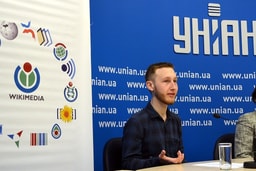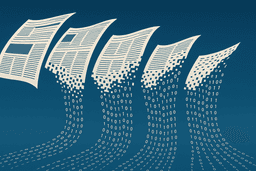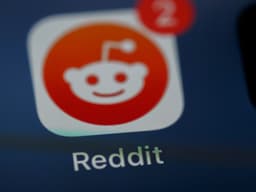
How Ukrainian media market is faring during the war
Interview with Andrey Boborykin, executive director of Ukrayinska Pravda
The Fix Newsletter
Everything you need to know about European media market every week in your inbox
136 articles • 0 Followers










